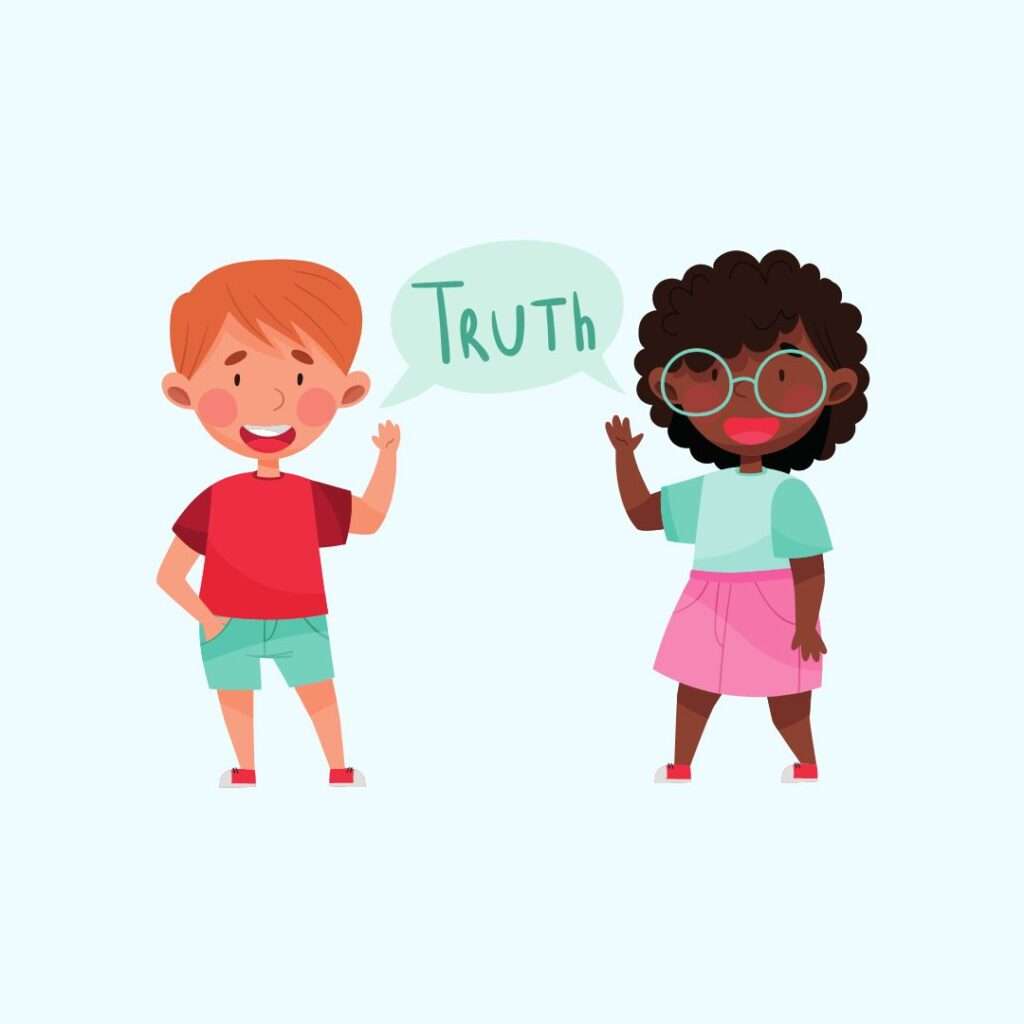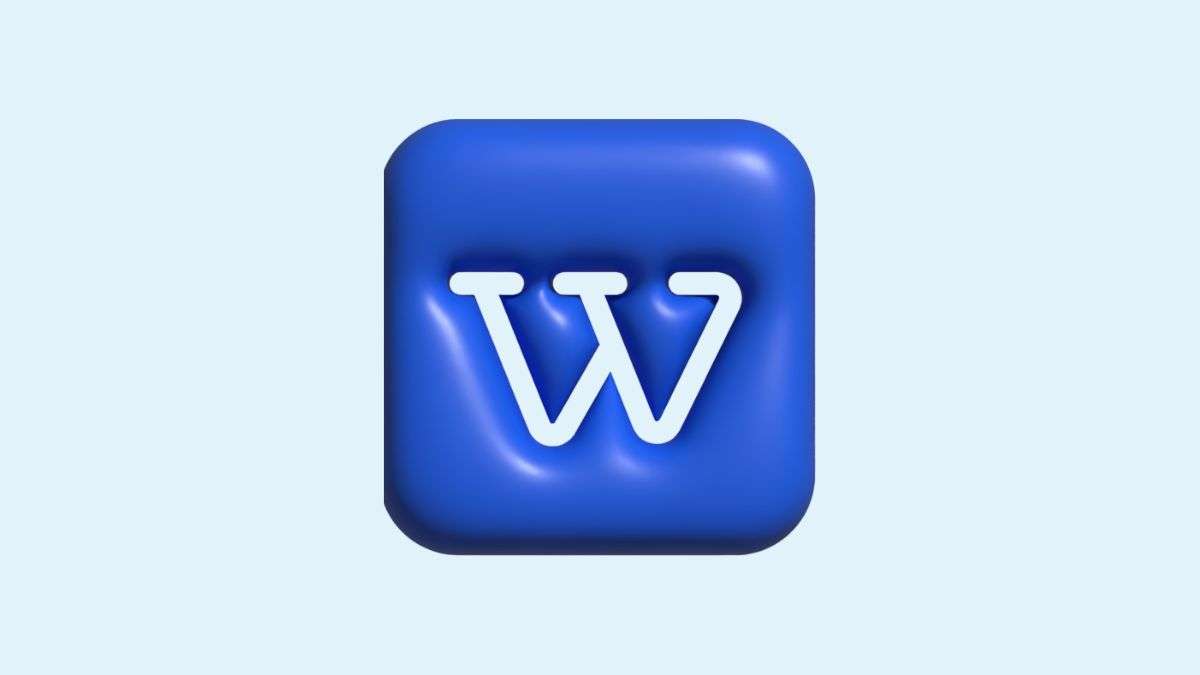Table of Contents
- The Evolution of Wikipedia and Academic Skepticism
- Responsible Referencing: Navigating Wikipedia for Scholarly Works
- Cross-verifying Facts: Transitioning to Primary and Secondary Sources
- Conclusion
The Evolution of Wikipedia and Academic Skepticism
Wikipedia, the free online encyclopedia that anyone can edit, has been a revolutionary force in how we access knowledge. Yet, this very openness has been a double-edged sword, leading to instances of misinformation amidst its many credible entries.
From Misinformation to Credibility
In the early days of Wikipedia’s history, the platform’s open-editing model radically departed from traditional information sources. The ability for anyone to edit content meant that Wikipedia was incredibly democratic but also vulnerable to inaccuracies. For instance, in 2005, a biography of journalist John Seigenthaler was falsely edited to suggest he was involved in the assassinations of both John F. Kennedy and Robert Kennedy. This high-profile case spotlighted the potential for misinformation on Wikipedia and sparked debate about the reliability of crowdsourced knowledge.
However, over the years, Wikipedia has taken significant steps to improve its credibility. It has implemented stricter editing guidelines and introduced a more robust system of references and citations. Volunteer editors now vigilantly monitor changes, and mechanisms are in place to lock pages prone to vandalism. As a result, many studies have found that the accuracy of Wikipedia is comparable to that of traditional encyclopedias. Despite these improvements, some skepticism still lingers, especially in academic circles.
Academic Skepticism
Academics have traditionally been skeptical of citing Wikipedia in academic work, and for good reason. Issues of reliability and accountability have been at the core of their concerns. In the academic world, peer-reviewed journals and books have long been the gold standard for information because they undergo rigorous scrutiny before publication. Wikipedia, by contrast, is dynamic and continually updated, which means it does not fit neatly into the conventional academic framework of static, verifiable sources.
Moreover, while Wikipedia’s content is more reliable than ever, it is still subject to change at any moment, potentially by individuals who may not be subject matter experts. This fluidity makes it difficult for academics to cite Wikipedia as a definitive source. However, it is important to note that Wikipedia can be an excellent starting point for research, directing users to a wealth of primary and secondary sources through its citations.
In essence, the journey of Wikipedia from a platform of skepticism to cautious acceptance reflects the evolving nature of information sharing in the digital age. While the platform has enhanced its reliability, it continues to provoke debates about what constitutes a credible source in the academic realm. The key takeaway for scholars is to approach Wikipedia critically and use it as a gateway to more traditional academic sources rather than the final word on any given topic.
Responsible Referencing: Navigating Wikipedia for Scholarly Works
Regarding the vast sea of information on Wikipedia, how do we ensure that our scholarly works are built on a foundation of responsible referencing? The answer lies in understanding the art of critical evaluation.
Referencing Responsibly
Imagine you’re an academic or student poised before your computer screen, embarking on the quest for knowledge. Wikipedia, the digital behemoth of information, presents itself as a starting point. But caution is key–Wikipedia’s “Evaluating Sources” suggests that the site should not be the final destination for research but rather a map leading to more authoritative resources.
To reference Wikipedia responsibly, one must employ critical thinking. Begin by examining the article’s history and discussion pages, which can provide insight into the reliability of the content and the level of consensus among contributors. Scrutinize references cited by the article, ensuring they are from reputable sources. This due diligence affirms the credibility of the information before it becomes a citation in your work.
Utilizing Wikipedia’s Resources
Wikipedia can be likened to a vast network of signposts, each pointing toward deeper wells of knowledge. Instead of quoting Wikipedia articles directly, which is often frowned upon in academic circles, use the platform to glean relevant terminology and concepts related to your topic. This approach enriches your vocabulary and deepens your understanding of the subject matter.
Furthermore, delve into the reference section at the bottom of Wikipedia pages. Here lies a treasure trove of primary and secondary sources. By following these leads, you can anchor your research in peer-reviewed journals, books, and official reports that carry greater weight in the scholarly community.
Cross-verifying Facts: Transitioning to Primary and Secondary Sources
Embarking on a journey through the rugged terrain of academic research, we find ourselves at a critical junction. The question arises: How do we ensure the accuracy and rigor of our scholarly work? The answer lies in a process as timeless as scholarship itself—cross-verification.
Importance of Cross-verification
Cross-verification isn’t just a good practice; it’s the bedrock of credible research. With its myriad topics covered by countless contributors, Wikipedia is often a go-to for quick information. Yet, the wise researcher knows that Wikipedia is a starting point, not the final destination. The real treasure lies within the primary and secondary sources listed at the end of each Wikipedia article. These are the gold standard for accuracy and rigor in academic research.
When you stumble upon a fact on a Wikipedia page, imagine it’s a clue in a vast academic treasure hunt. Your mission? To follow the trail back to its source. In the original context, it’s here that the truth of any claim is verified, whether it be a study published in a prestigious journal or an eyewitness account from history. Tracing information back to its roots allows you to validate the facts and enrich your understanding of the subject.
Navigating the Evolving Landscape
The digital age has transformed the information landscape into a fast-paced world where authenticity can often be blurred. In this new era, digital literacy is not just a skill—it’s a necessity. It means being able to discern the reliability of online sources, understanding the biases that might color them, and knowing how to navigate through the noise to find the signals of truth.
As researchers, students, or curious minds, we must become digital detectives, using tools and techniques to evaluate the credibility of the information we encounter. This involves looking at the credentials of authors, the reputation of publishers, and the date of publication. It also means being aware of the potential for echo chambers and confirmation bias that can trap us in a loop of misinformation.
For instance, when checking the references on a Wikipedia page, consider the following checkpoints:
- Is the source peer-reviewed?
- Does the source come from a reputable publisher or institution?
- Is the information up-to-date and relevant to your research topic?
- Are multiple sources corroborating the same fact?
Regularly practicing these steps will hone your skills in identifying reliable sources and distinguishing between primary and secondary sources. With time, you’ll become adept at navigating the evolving landscape of information and ensuring the accuracy and rigor of your scholarly work.
Transitioning to Primary Sources
Primary sources are firsthand accounts or original documents that provide direct evidence or firsthand information about a topic. They can include historical documents, diaries, letters, interviews, surveys, photographs, etc. Transitioning to primary sources in your research adds depth and authenticity to your work.
You may need to dig deeper than the surface-level search results to find primary sources. Libraries, archives, museums, and specialized databases are excellent starting points. Historical societies and government websites can also provide access to primary source materials.
When evaluating primary sources, consider the following factors:
- Provenance: Determine the origin and creator of the source. Who wrote it, created it, or participated in its creation? Understanding the context in which the source was produced can help you analyze its reliability and potential biases.
- Objectivity: Assess the objectivity of the source. Was it created with a specific agenda or bias? Recognize any potential limitations or perspectives that may influence the information presented.
- Reliability: Evaluate the reliability and credibility of the source. Is it a firsthand account from a reliable witness or participant? How does it align with other primary and secondary sources on the same topic?
Transitioning to Secondary Sources
Secondary sources are works that interpret, analyze, or discuss primary sources. They provide commentary, analysis, and synthesis of primary sources, helping to contextualize and understand the information they contain. Examples of secondary sources include scholarly articles, books, review articles, and dissertations.

Using secondary sources in your research allows you to explore different viewpoints, gain a broader understanding of the topic, and identify relevant primary sources to investigate further.
When using secondary sources, consider the following:
- Authority and expertise: Evaluate the credentials and expertise of the author. Are they recognized as an authority in the field? Do they have relevant academic qualifications or experience?
- Currency: Consider the publication date and ensure the source is up-to-date. Depending on your research topic, you may need to prioritize more recent secondary sources to ensure you access the latest insights and research.
- Citations: Examine the references and citations provided by the author.
Conclusion
In conclusion, Wikipedia is a testament to the internet’s transformative power in knowledge dissemination. It has navigated through initial skepticism to become a respectable repository of information that, when used judiciously, can enhance the scholarly pursuit. Its evolution and the ongoing dialogue on reliability mirror the broader challenges and opportunities academics face in the Internet age. Complemented by thorough research and verification using primary and secondary sources, the careful, critical consumption of Wikipedia content remains a cornerstone of sound academic practice.
Scholars who treat Wikipedia as a compass and a hub will most likely harness its potential. The platform directs users to extensive resources from which more profound and authoritative insights can be gleaned. In a world awash with information of varying veracity, the scrutiny that the academic community has traditionally applied to sources takes on new urgency. Wikipedia has encouraged the development of a refined digital literacy—forming a cadre of information-seekers who are as discerning as they are knowledgeable.
Ultimately, the enduring legacy of Wikipedia in the academic landscape will likely be its role in fostering a more discerning readership, one that is better equipped to navigate the complex and ever-growing ocean of digital information. By advocating for and modeling a critical yet open-minded approach to online sources, Wikipedia not only aids in refining academic work but also contributes to cultivating informed citizens capable of engaging thoughtfully with the world around them. This synergy between traditional scholarship and the dynamic nature of digital resources encapsulates the essence of academic integrity in the Internet age.
